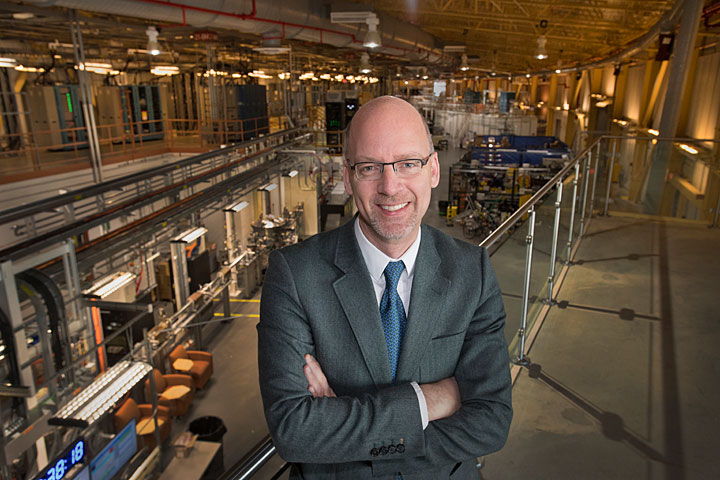Moving Safely Forward
September 20, 2021
Dear Everyone,
COVID-19 remains a fact of life for us all. In this edition of our newsletter, I would like to give you a preview of how we plan to offer the best possible research environment, while keeping you and our staff safe.
September – December (2021-3) operations cycle
The fall operations cycle runs from September 7 – December 17, followed by a shutdown through mid-January (details are here: NSLS-II operations schedule website). Similarly, to the summer cycle, we are focusing on highly rated proposals that can run remotely but continue to welcome a limited number of users on site to support experiments that cannot be run remotely. For now, we are allowing up to 10 users per beamline on-site during the 2021-3 cycle. All on-site users must follow all BNL, New York State, and Federal travel guidelines. Further details about on-site user access for the 2021-3 cycle can be found on the NSLS-II COVID-19 User Resources site.
User appointments and training
I would like to use this opportunity to remind you all that all users participating in experiments at NSLS-II must have a guest appointment and complete the required training. This includes on-site users, remote users, and users mailing samples to beamline staff. New users or users with expiring appointments should register online at the BNL Guest User Visitor (GUV) website. For remote users, Cybersecurity and the Computer Use Agreement are the only two online training modules required. You can refer to the NSLS-II User Guide for details and access to all training modules.
Remote experiments at NSLS-II
As you know, we continue to enhance our accessibility as a facility for all our users – remote or on-site. Another step forward is that all home directories for user data (including pre-2021) are now available from any workstation, server, or Jupyter session. More details about this can be found in the Science Network Documentation (BNL account login required) on the NSLS-II Computer Accounts and Data website.
Additionally, I am happy to share with you that all users can now request access to the new NSLS2 Jupyter (jupyter.nsls2.bnl.gov) by contacting beamline staff, who can grant access to analysis resources before, during, and after beam time. For details, please visit our Jupyter guide.
The new NSLS-II website
As you may have noticed, we launched a new NSLS-II website in May. I hope that over the last several months you had the opportunity to browse the website. The new design features more intuitive menus and additional content to help navigate the site faster, highlight ongoing research at NSLS-II, showcase our partnerships, and guide new and returning users through the proposal process. If you have suggestions for additional site improvements, please contact Cara Laasch.
Thank you for attending the 2021 Users’ Meeting
From May 17 – 20, we held our annual Joint NSLS-II and CFN Users’ Meeting. I would like to thank everyone who attended this virtual meeting. This year, we had over 1,100 registered attendees. Your participation made the meeting a great success. You can read more about the meeting in this article or visit the meeting website.
The summer of reviews
As you may have heard, this summer we are in the midst of some important reviews. We already had the project review for three new beamlines at NSLS-II. This successful review brought us another step closer to realizing the exciting new capabilities of coherent diffraction imaging, angle-resolved photoemission spectroscopy, resonant inelastic x-ray scattering, and soft x-ray nano-imaging and spectroscopy. The second big review is our Triennial Review, which will be held during the last week of September. During this review, the Department of Energy (DOE) will evaluate the last four years of NSLS-II operations. I would like to thank all of our users and staff that helped us prepare for this review. I am very proud of what we have accomplished together over the past four years, and I am looking forward to sharing that with the review team.
Thank you for taking the time to read this newsletter and we look forward to seeing you this fall.
John Hill, NSLS-II Director






